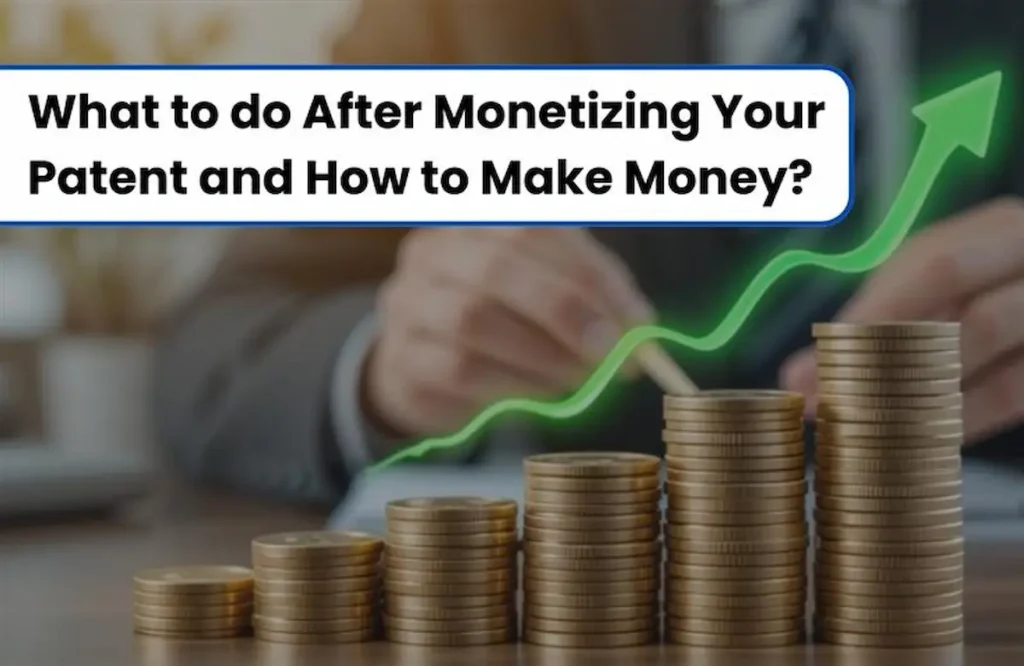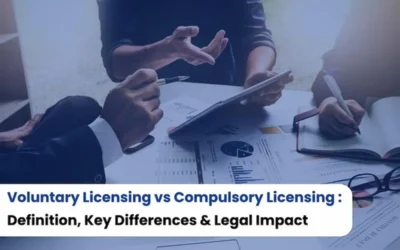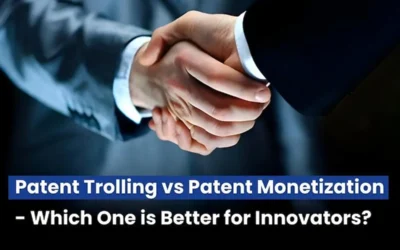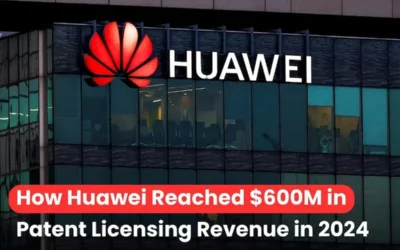
A patent is a valuable business asset that can generate significant revenue if used wisely. In this article, we’ll explore post patent monetization strategy, so keep reading. For many inventors and businesses, patents offer the opportunity to make instant income or establish long-term revenue streams through patent monetization. However, when it comes to monetizing a patent, the most common question arises: What exactly should you do next? Patent monetization is a detailed and strategic process that requires careful attention at every stage. One wrong move can mean missing out on the best possible deal or undervaluing your innovation.
What Does Patent Monetization Really Mean?
Before diving deeper into what to do after monetizing your patent, it’s important to first understand what patent monetization actually means and why it matters. In simple terms, patent monetization is the process of turning your patent into profit — basically, finding ways to make money from your invention. It’s something that major global companies have been doing for years, and now it’s becoming increasingly popular in India as well.
But here’s the thing — the process doesn’t end after a single transaction. There’s a lot more that goes into managing and maximizing the value of your patent even after you’ve made your first deal.
Steps to Follow Before Starting the Patent Monetization Process:
- Identify Valuable Patents
- Evaluate Market Potential
- Conduct Patent Valuation
- Choose a Monetization Strategy
- Find Potential Buyers or Licensees
- Negotiate the Deal
- Execute the Agreement
But things do not end here. Monetizing your patent is only one part of the journey — what truly matters is what comes next. Once you’ve closed a deal, you still need to manage your patent strategically to maintain its value and maximize returns
Read Also: Top 10 Reasons to Choose Patent Monetization for Startups and New Ventures
What Should You Do After Monetizing Your Patent?
The post-monetization stage involves ensuring compliance, renewing rights, exploring new opportunities, and reinvesting profits to strengthen your innovation portfolio. Following these steps helps you sustain long-term revenue and keep your intellectual property working for you.
- Maintain and Renew Your Patents: Keep up with renewal and maintenance fees to ensure your patents remain active. Losing protection due to non-payment can cause major financial loss.
- Reinvest and Optimize: Use the income from monetization to develop new innovations. Continuously patent filing for new patents keeps your IP portfolio strong and competitive.
- Audit and Revalue Your Portfolio Regularly: Reassess your patents periodically to identify which ones are profitable, outdated, or candidates for sale. A professional patent valuation helps guide strategic decisions.
- Monitor Compliance and Infringement: Track your licensees’ activities and the market for potential infringements. Tools like patent watch services can help detect unauthorized usage early.
- Expand Licensing and Partnership Opportunities: Explore sublicensing, enter new geographical markets, or target new industries. Diversifying your licensing base maximizes revenue potential.
- Strengthen Legal and Contract Management: Review your licensing and sale contracts regularly to ensure they include clauses for renewal, termination, and audit rights. Strong agreements protect you from future disputes.
Read Also: Top Strategies for Monetizing Software Patents: How to Turn Your Innovations Into Revenue
Conclusion
Patent monetization is more than just a way to make money — it’s a strategic approach to unlocking the full potential of your innovation. From identifying valuable patents to managing them after monetization, post patent monetization strategy requires careful planning and execution. By treating your patents as active business assets and continuously optimizing them, you can build sustainable revenue, strengthen your market position, and turn innovation into long-term success.









